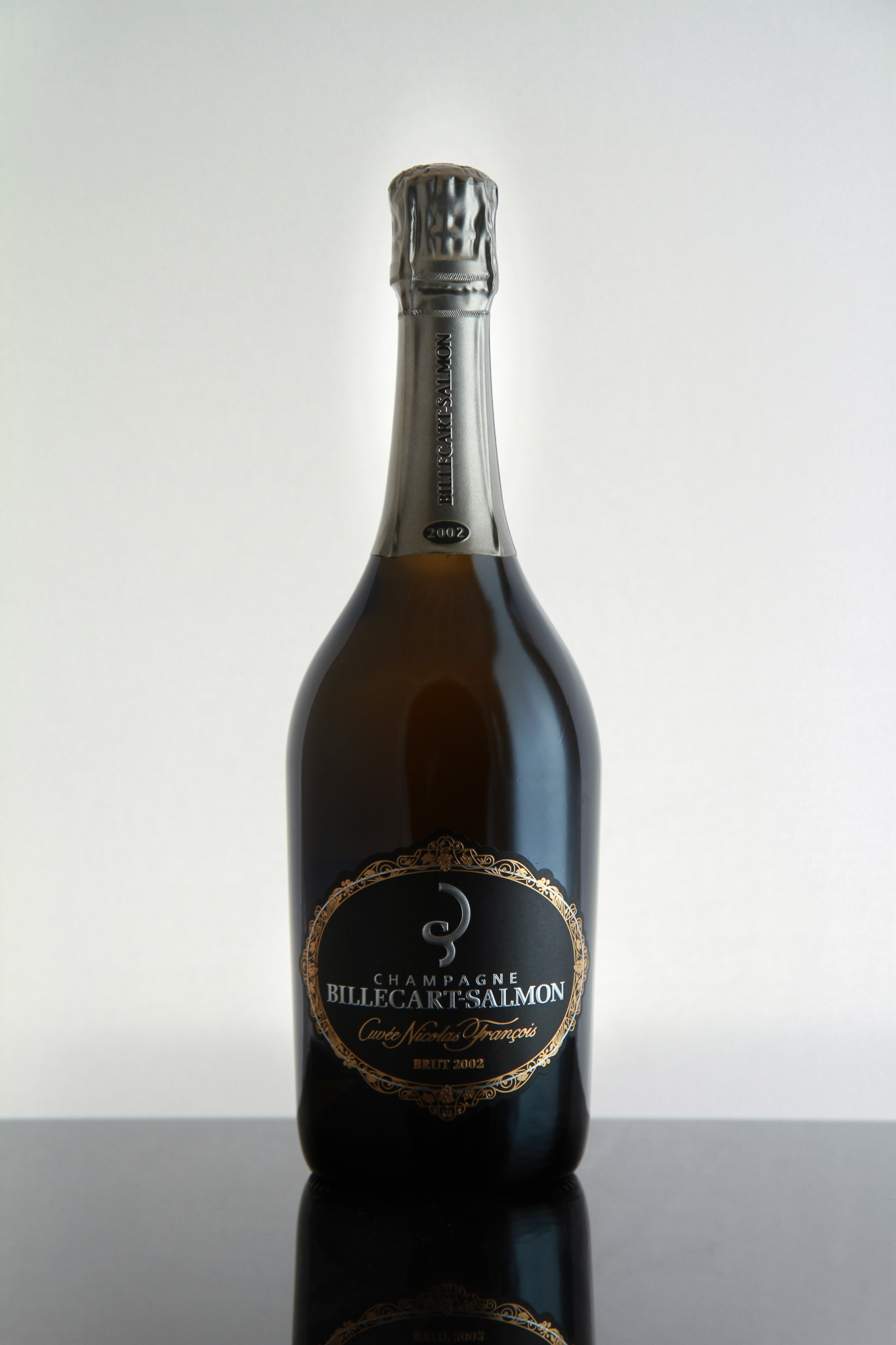By law, Champagne can be made only in the Champagne region of France, comprising the main towns of Reims and Epernay. No other sparkling wine can be labelled as Champagne.
The dominant chalk of the region is punctuated by limestone proper in the southernmost zone and areas of heavier clay throughout, giving real variances of terroir among Champagne’s sites. This being as it may, Champagne is the world’s finest sparkling wine because it is largely a blended wine of many parts, transcending any single factor’s influence.
For a host of exciting alternatives, grower Champagnes are typically sourced from a single vineyard or sub-appellation to express their special site. These wines are full of personality – look for RM (Récoltant-Manipulant) on the label.
Showing 1–10 of 23 results
-

1998 Billecart-Salmon ‘Les Clos Saint Hilaire’
$1,300.00 -

1990 Krug ‘Collection’ Brut
$2,200.00 -

2002 Billecart-Salmon ‘Cuvée Nicolas François’
$450.00 -

2002 Delamotte ‘Collection’ Blanc de Blancs
$499.00 -

2002 Bollinger ‘R.D’
$599.00 -

2012 Veuve Clicquot ‘La Grande Dame’
$330.00 -

2006 Billecart-Salmon ‘Les Clos Saint Hilaire’
$1,100.00 -

2008 Billecart-Salmon ‘Cuvée Louis’ Blanc de Blancs
$450.00 -

2005 Bollinger ‘La Grande Année’ Rosé
$430.00 -

2008 Bollinger ‘La Grande Année’
$479.00